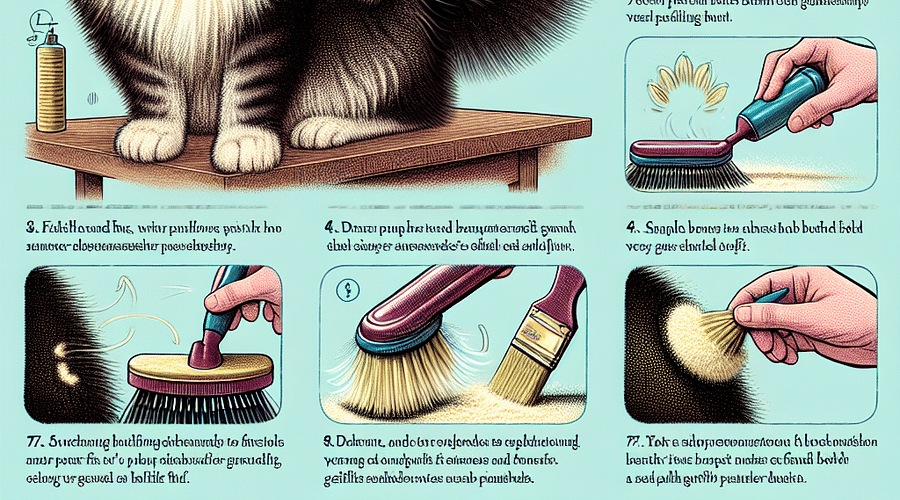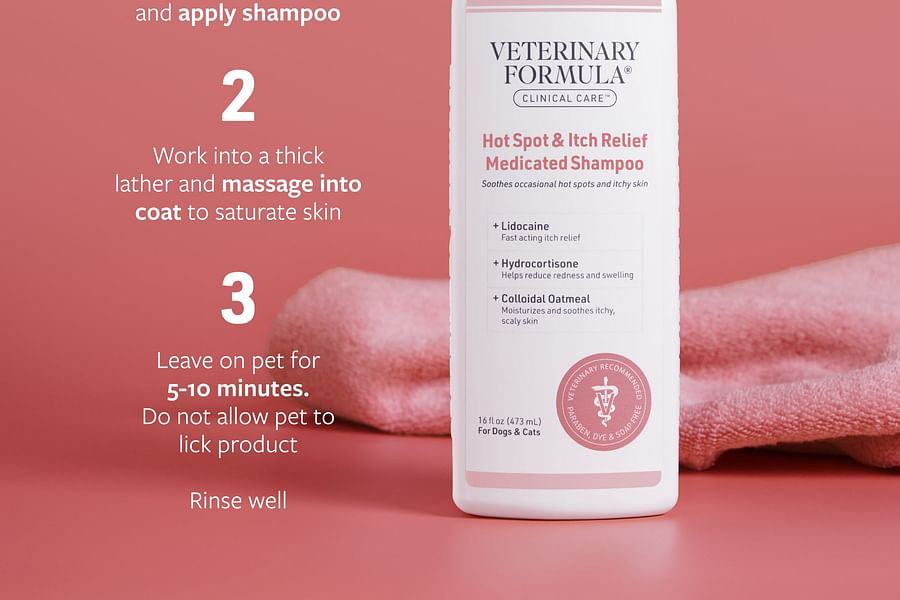Beyond the Brush: Unconventional Methods for Managing Cat Dandruff

When it comes to cat dandruff, many pet owners are familiar with the sight of those tiny white flakes scattered across their beloved feline's coat. While regular brushing is often the go-to solution, there's a whole world of unconventional methods that can help manage and even prevent this flaky foe. Dandruff isn't just about aesthetics—it can be a sign of health issues, skin conditions, or dietary needs not being met. Let's explore some innovative ways to keep your cat's skin healthy and dandruff at bay.
Before diving into unconventional methods, it’s crucial to have a grasp on what might be causing your cat’s dandruff. Factors range from dry skin and allergies to more serious health conditions. A trip to the vet is always recommended if you notice any abrupt changes in your cat's skin or coat. Once you've ruled out any underlying health issues, you can consider alternative approaches to managing those pesky flakes.
Adequate nutrition plays a pivotal role in maintaining your cat’s coat and skin health. Essential fatty acids, particularly omega-3 and omega-6, are vital for preventing dry skin and thus dandruff. Incorporating foods rich in these nutrients or adding supplements like fish oil can make a world of difference. But remember, moderation is key—excessive amounts can lead to other health issues.
While cats are known for their self-grooming habits, an occasional bath with a moisturizing shampoo specifically designed for cats can help with dandruff control. However, bathing too often can strip away natural oils and exacerbate the problem. It’s all about finding that sweet spot—usually no more than once every 4-6 weeks unless advised otherwise by your vet.





Beyond these basics, let’s look at some unconventional yet effective strategies:
Dry air isn't just tough on human skin; it can also affect our feline friends. Using a humidifier in your home can add moisture back into the environment, helping both you and your pet breathe easier and keep skin more supple. This is especially beneficial during winter months when indoor heating systems tend to dry out the air significantly.
We're curious to know if adding a bit of moisture to the air has made a difference in your feline friend's skin health. Share your experience!
In addition to these strategies, understanding how to properly groom different types of feline fur is crucial. For instance, grooming a long-haired cat requires different tools and techniques compared to short-haired breeds. And if you're dealing with allergies yourself, learning how to manage your own sensitivities while caring for your pet is essential.
Stay tuned as we continue exploring unconventional methods for managing cat dandruff in the second half of this article—where we'll delve into herbal remedies, grooming tools beyond the brush, and lifestyle adjustments that could make all the difference for your furry friend's coat condition.
Remember: Each cat is unique! What works wonders for one might not be as effective for another.
If you're eager to learn more about grooming practices or want to test your knowledge about feline care specifics like allergies or cleanliness routines, don’t hesitate to explore our comprehensive guides or take one of our informative quizzes such as Understanding Cat Dandruff: Causes, Symptoms & Solutions Quiz, or Managing Cat Allergies Naturally Quiz.
Caring for our whiskered companions involves continuous learning and adapting. As we uncover more about these amazing creatures' needs through research and shared experiences from fellow cat enthusiasts around the globe, we become better equipped to ensure their happiness and well-being—dandruff-free!
While regular brushing is a cornerstone in managing cat dandruff, there are other unconventional methods that can complement your grooming routine. These methods not only help reduce flakiness but also enhance your cat's overall skin health. Let's explore some of these innovative strategies.
What your cat eats can significantly affect its skin and coat health. Incorporating foods rich in omega-3 fatty acids, like salmon or flaxseed oil, can promote healthier skin and reduce dandruff. Additionally, ensuring your cat's diet includes the right balance of vitamins and minerals is crucial for maintaining healthy skin. Consult with your vet to tailor a diet plan that suits your feline's needs.








Low humidity levels can dry out your cat's skin, leading to dandruff formation. Using a humidifier, especially during dry seasons or in air-conditioned rooms, can help maintain a level of moisture in the air that's beneficial for both you and your pet. This simple addition to your home may provide relief from the itchiness and flakiness associated with dry skin.
Cat dandruff could sometimes be an indicator of underlying health issues such as allergies, parasites, or hormonal imbalances. Therefore, it is essential to schedule regular veterinary check-ups. A professional can conduct tests to rule out any serious conditions that might be causing the dandruff and advise on appropriate treatments or lifestyle changes.
Discover how much you know about the potential health issues related to cat dandruff with this informative quiz. Choose the correct answer to each question to learn more about keeping your feline friend healthy and dandruff-free.
Beyond the brush, there are alternative grooming tools and techniques that can aid in managing cat dandruff. Rubber grooming gloves not only help remove loose fur but also gently massage the skin to stimulate natural oil production. Additionally, using a fine-toothed comb can help distribute oils throughout the coat more effectively than standard brushes.
It’s also worth considering professional grooming services, especially if you have a long-haired breed. Professional groomers have specialized tools and knowledge to handle cats with extensive grooming needs.
In conclusion, managing cat dandruff often requires a multi-faceted approach that goes beyond traditional brushing. By paying close attention to diet, home environment, health check-ups, and utilizing alternative grooming methods, you can significantly improve your feline friend's coat condition. Remember that every cat is unique; what works for one may not work for another. It’s important to observe how your cat responds to different treatments and adjust accordingly.
If you suspect allergies play a role in your cat's dandruff problem, don't miss our comprehensive guides on grooming techniques for allergy sufferers and natural ways to manage cat allergies. And if you're looking to test your knowledge or learn more about this topic, take our interactive quizzes on cat dandruff causes, symptoms & solutions or managing cat allergies naturally.
Maintaining the health of your furry companion’s coat is an ongoing process that benefits from attention to detail and consistency. Keep exploring our resources at Cat Mutt for more insights into providing the best care for your beloved pet!
Post a comment